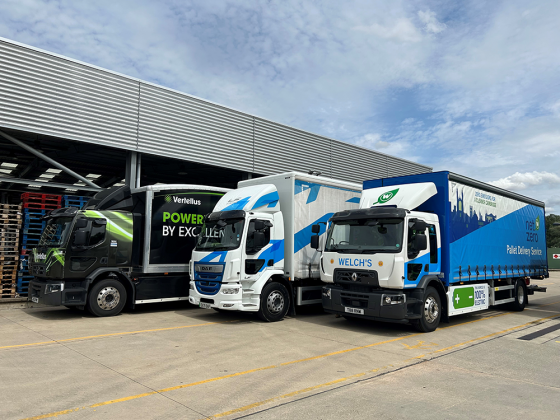Finance, the best friend of ULEV fleets?

You might have noticed if you’ve been anywhere near a car showroom or sales website recently, that the prices are increasingly shown as monthly payments, rather than outright purchase. No doubt low interest rates, plus the fact that we are now used to monthly payments for our mortgages to mobile phones and everything in between, has encouraged us to think about our cars, and even our wider mobility demands, in similar terms.
Today almost 90 per cent of new cars are acquired using financing, with Personal Contract Purchases (PCP) and increasingly Personal Contract hire (PCH) being popular, with only the small print indicating the fundamental ownership change (“you will not own the vehicle”).
Organisations in the finance and leasing sector are therefore now, arguably, the most important players at the interface with car ‘buyers’ (lessees). This industry is becoming more aware about the transition that’s taking place to lower emission vehicles and have been looking to engage with the LowCVP as one way of finding out how the changes are going to affect and, hopefully, benefit their businesses.
I was honoured to have spoken at the annual conference of the trade association representing the finance and leasing sector which was a good opportunity to understand their perspective and to outline our plans for future engagement with the industry. Organisations represented there had significant influence over the type of vehicles that are selected in future, both new and second hand. I’m acutely aware, though, that there are a bewildering number of new policies and initiatives coming through which are designed to speed the low carbon shift. The finance sector therefore, will be increasingly challenged to understand what these mean for them and how they’ll communicate to their customers.
Residual values (RV) for EVs/ULEVs continue to exercise the financial sector and the OEMs, but this factor is invisible to the end consumer who just sees the monthly lease cost. A big opportunity to ‘sell’ ULEVs to consumers is, therefore, to highlight the lower running costs (fuel and maintenance). Up to now there has been a reluctance to get into much discussion on fuel costs, given suspicions over the NEDC mpg figures, but perhaps this can change as, from January, the new WLTP will provide a much more robust picture.
Consider that a typical monthly payment of, say, £200 might (in a conventional vehicle) cost the driver another 50 per cent (£100) in fuel, then the real ‘budget’ becomes £300 or more. Getting the fuel (and other running) costs into the upfront discussion will increase the desirability of EVs and other ULEVs (and help second-hand values).
Local factors - such as access rights, free parking or charging locations for EVs – would also be valuable prospective advice (and savings) for lessees (one possible downside of online or ‘remote’ quotations).
Being able to better assist drivers into the best (and lowest carbon) car for their budget and use, has to be a win-win for the finance sector (and its regulators), the consumer and for ‘the planet’.
So perhaps when looking for your next car and the financing thereof the question to ask is “Are Finance Friends Electric?” (with apologies to Gary Numan).






